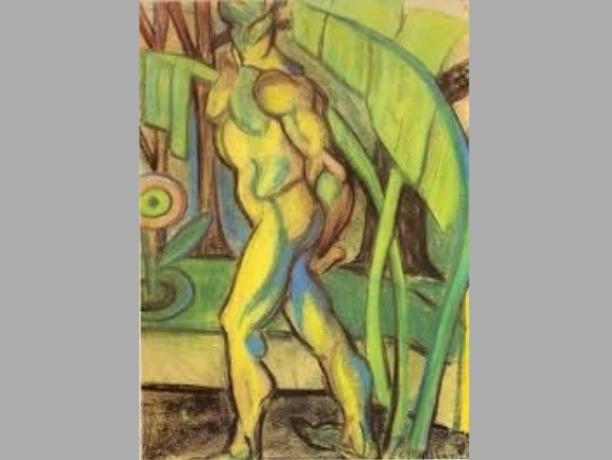Surrealism was a artistic and literary movement source french, characterized by the expression of thought in a spontaneous and automatic, ruled only by the impulses of the subconscious, despising logic and denying established standards of moral and social order.
The origin of the term "surrealism" occurred in 1917, through G. Apollinaire, being a word meaning "that which is above realism". Despite this, as an artistic and literary movement, it only emerged in France in the 1920s.
Surrealism aimed to overcome the limits to the imagination that had been created by the bourgeois thought and its logical tradition and for the artistic ideas that were in force since the Rebirth.
The surrealist movement evolved despite having been in danger of being exterminated, because contrary manifestations based on anarchism emerged. Many thinkers of the movement exchanged accusations, claiming that they did not follow the purposes of surrealism. Despite this tense climate, surrealism thrived and influenced human thought, because created a new conception of the world and the human being, but also a relevant change in the process artistic.
Some scholars claim that surrealism was in the process of gestation until 1924, when the Manifeste du Surrealism (Manifesto of Surrealism), by Breton. In replacement of the system of values that they intended to abolish, the Dadaists and the first surrealists resorted to psychoanalytic theories, of recent diffusion, to formulate a new poetic thought.
With the beginning of World War II, the surrealists spread and shortly afterwards the movement was dissolved in Europe, because there were differences of opinion among members and political positions different.
Check out the main Features of Surrealism and read about The Types of Art.
Surrealism in Literature
Surrealists defended a particular perspective to interpret the world of Nature and human actions. This view also explained the function of poetry and art, in a way totally free from the predominance of reason.
literary works Les Chants de Maldoror (The Songs of Maldoror), by Count De Lautréamont, and the poem Le Bateau Ivre (O Barco Ébrio), by Rimbaud, are identified by several specialists as the main works that predate surrealism, because they intentionally explore the dream and the unconscious.
The creators of surrealism were L. Aragon, Ph. Soupault, P. Éluard, B. Péret and, above all, André Breton, after the end of the Dada group, which was led by T. Tzara. This group had the mission to abolish the traditional aesthetic and ethical rules, because they believed that these had contributed to the beginning of World War I.
Surrealism in Art
In the field of art, the Catalan painter Salvador Dalí is one of the best known names in surrealism. In the first phase of the movement, notions of Dadaism such as pre-judgments were followed, which created objects out of context, or surrealist objects.
Many artists used traditional technical means of painting, and represented myths, fables and dreams, which followed the surrealist norms created in 1924 by Breton. Some of these norms were the exaltation of dream processes and imagination, as well as demonstrations of erotic passion and of corrosive humor, which were manifestations opposed to traditional bourgeois culture and the moral values defined in the society.
THE Surrealist Gallery (Surrealist Gallery) was founded by a group in 1926 and from 1930 onwards, surrealism began to spread beyond France. Some important exhibitions were organized in Denmark, Czechoslovakia, Canary Islands, London, New York and also in Paris (1938), where works by artists from 22 countries were revealed. During this period, new members joined the movement, including Salvador Dali and Giacometti.
An important international exhibition of surrealism was organized in Paris in 1947, when the most important members met again.
Surrealism in Brazil
In Brazil, surrealist notions began to emerge between 1920 and 1930, through elements of the Modernist Movement in Brazil.
Some of the best known Brazilian surrealist artists (or those with surrealist tendencies) are: Tarsila do Amaral, Maria Martins, Cícero Dias, Ismael Nery, etc.
See too:
- Rebirth
- dreamlike
- futurism.



